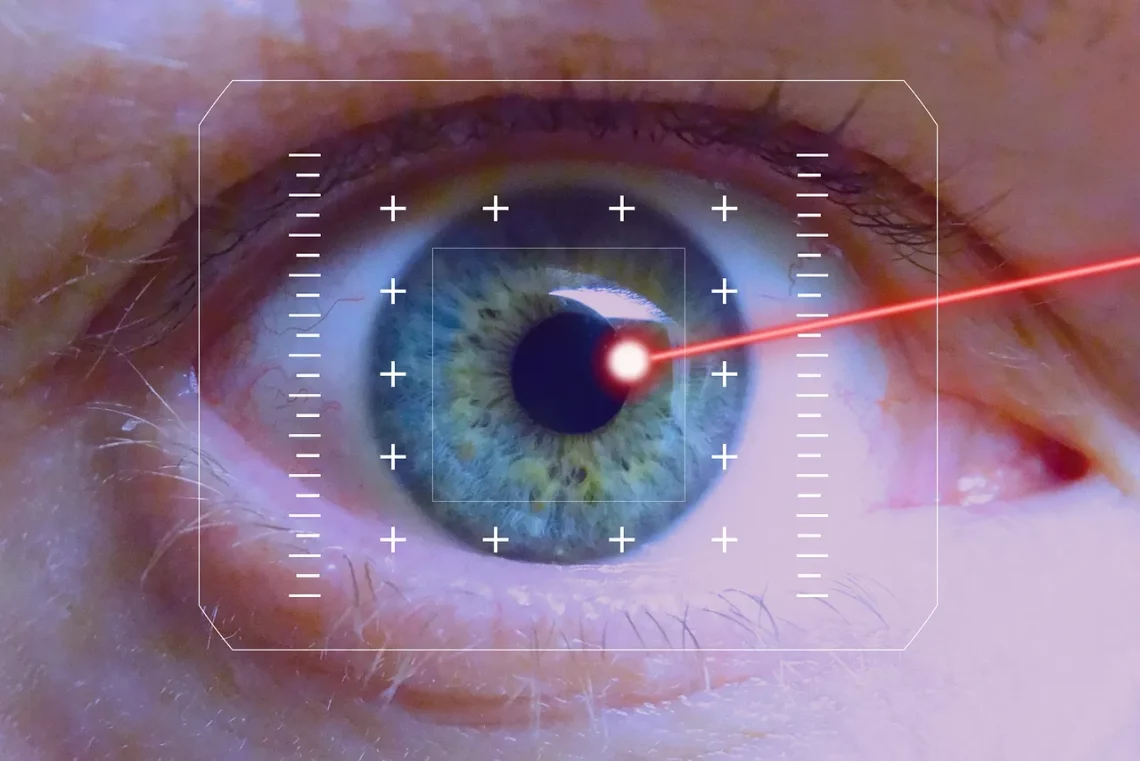
Understanding Fat Transfer Cost: What to Expect and Budget For
Understanding the intricacies of fat transfer procedures can be both exciting and daunting for those considering this cosmetic enhancement. Fat transfer, also known as fat grafting, has gained popularity due to its natural results and the dual benefit of body contouring. By removing unwanted fat from one area of the body and injecting it into another, individuals can achieve a more balanced and youthful appearance. This method not only addresses aesthetic desires but also promotes a sense of body positivity.
As more people explore their options, understanding the financial implications of fat transfer becomes crucial. The costs associated with this procedure can vary widely based on several factors, including the surgeon’s experience, the complexity of the procedure, and geographical location. Additionally, different techniques and the amount of fat being transferred will further influence the overall price. For anyone considering this procedure, having a clear understanding of what to expect financially can alleviate anxiety and help in effective budgeting.
In the following sections, we will explore the various components that contribute to the cost of fat transfer, how to prepare for the procedure financially, and what patients should consider when consulting with their surgeons.
Factors Influencing Fat Transfer Costs
When evaluating the costs associated with fat transfer, it is essential to consider various factors that contribute to the final price. One of the primary elements is the surgeon’s expertise and reputation. Highly experienced and well-regarded surgeons often charge more due to their skill set and track record of successful procedures. This is an important consideration, as the quality of the surgeon can significantly affect the outcome of the fat transfer.
Another factor is the geographical location of the practice. Costs can vary widely from one region to another, influenced by the cost of living and demand for cosmetic procedures in that area. For instance, urban centers with a high concentration of cosmetic surgery clinics may have higher prices compared to rural areas. Patients should research local options and consider traveling if it means accessing a qualified surgeon at a more reasonable rate.
The complexity of the procedure itself also impacts the overall cost. Fat transfer can be performed on various body parts, including the face, breasts, and buttocks. Each area may require different techniques, equipment, and time in surgery, which can affect the total price. Additionally, the amount of fat to be harvested and transferred will play a role in the cost calculation.
Lastly, there are often ancillary fees to consider, such as anesthesia costs, facility fees, and pre-operative consultations. These additional expenses can add up, so it’s important for patients to inquire about all potential costs upfront. By understanding these influencing factors, individuals can better prepare for the financial aspect of their fat transfer journey.
Preparing Your Budget for Fat Transfer
Creating a budget for a fat transfer procedure requires careful planning and consideration. Start by determining a realistic price range based on the factors discussed earlier. Research various clinics and surgeons, and schedule consultations to get quotes and understand what each price includes. During these consultations, be open about your budget and ask the surgeon to outline all potential costs associated with the procedure.
It’s also wise to consider financing options. Many cosmetic surgery clinics offer payment plans or financing to help patients manage their expenses. This can make the procedure more accessible and less financially burdensome. When evaluating financing options, pay attention to interest rates and terms to ensure that the plan fits comfortably within your budget.
Additionally, consider the potential for additional costs post-surgery. Recovery can sometimes lead to unexpected expenses, such as medications, follow-up appointments, or even corrective procedures if necessary. It is wise to set aside a contingency fund to cover these potential costs, ensuring that you are fully prepared for the entire process, not just the initial procedure.
Moreover, do not hesitate to ask your surgeon about any hidden fees or potential additional costs that may arise during the procedure. A transparent conversation will help you gain a clearer picture of your financial obligations. By preparing a comprehensive budget, you can approach your fat transfer with confidence, knowing that you have accounted for all possible expenses.
Understanding the Value of Fat Transfer
While cost is an important factor when considering fat transfer, it’s equally essential to understand the value that this procedure can provide. The benefits extend beyond aesthetics, often significantly impacting an individual’s self-esteem and quality of life.
For many, fat transfer offers a natural alternative to synthetic fillers, providing a more organic look and feel. Since the fat is harvested from the patient’s own body, the risk of allergic reactions or rejection is minimized. This natural approach can enhance confidence and lead to a more positive body image.
Furthermore, the dual benefit of body contouring makes fat transfer appealing. Patients can enjoy the advantage of reducing unwanted fat in areas such as the abdomen, thighs, or flanks while simultaneously enhancing other areas, like the face or breasts. This transformative aspect can lead to a holistic improvement in one’s appearance, further justifying the investment.
It’s also worthwhile to consider the longevity of results. Fat transfer results can last for several years, especially when performed by a skilled surgeon. While there may be some fat resorption post-procedure, many patients retain a significant portion of the transferred fat, leading to enduring enhancements. This long-term value can make the initial investment more justifiable when compared to temporary solutions that may require frequent maintenance.
In conclusion, while the cost of fat transfer is an important consideration, the potential benefits and impacts on self-esteem should also play a significant role in your decision-making process. Evaluating the procedure’s value alongside its costs will help individuals make informed choices that align with their aesthetic goals.
Please note that this article is for informational purposes only and does not constitute medical advice. For any health-related concerns or questions, please consult with a qualified healthcare professional.




